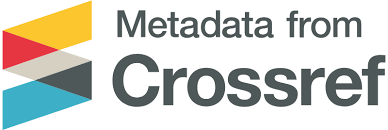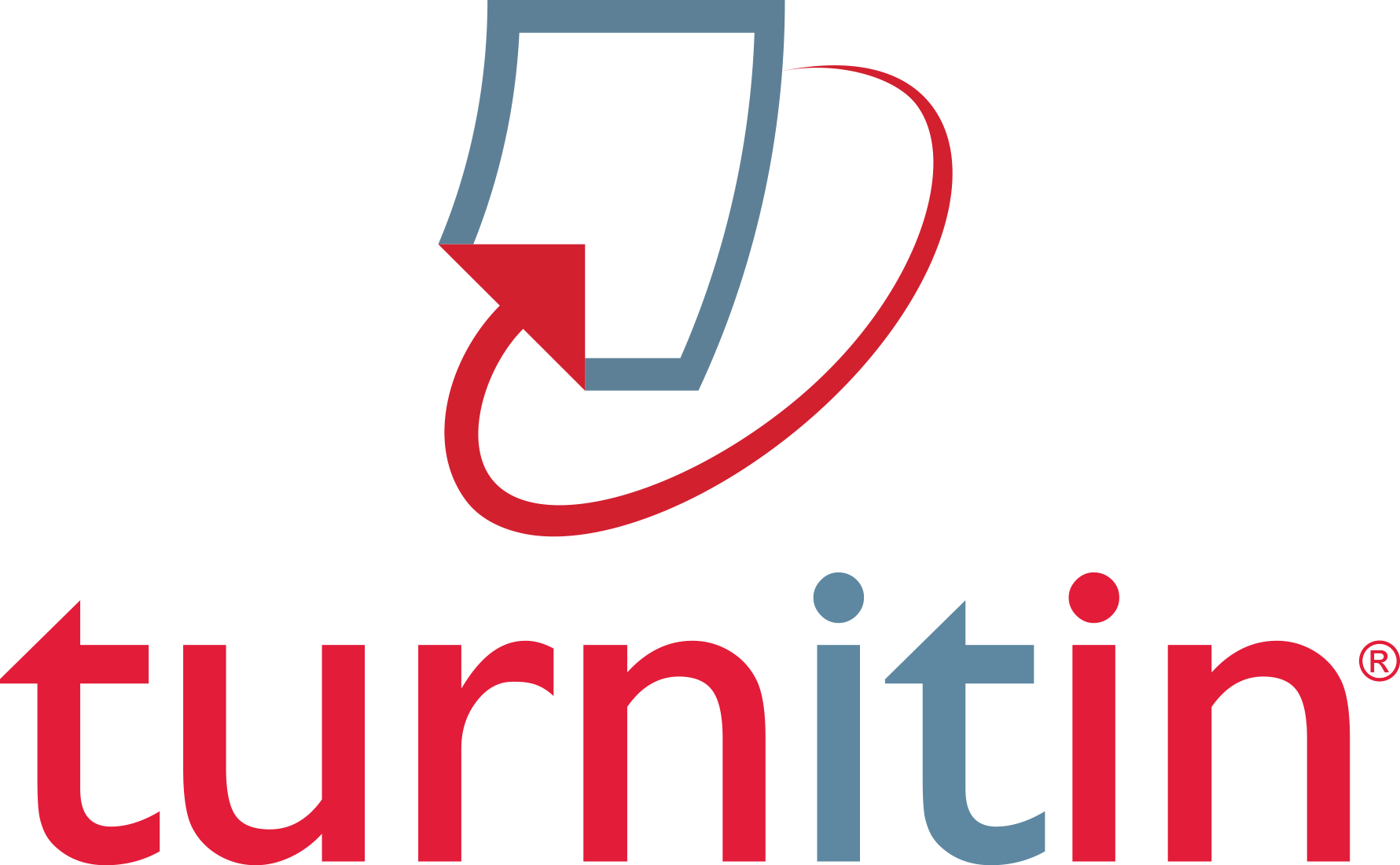P Pemodelan Matematika dalam Pendidikan
Abstract
The ability of students is an important element in the implementation of learning. Knowing students' abilities towards subjects is a must to know the quality of students, teachers and schools, it is also useful for further action for education managers. To find out the overall ability of students to certain subject matter requires an approach that can be used. This study aims to create a mathematical model that can be used to determine students' mathematical abilities after learning at school. Based on the test results, and the completion of the mathematical models created, it can be obtained a description of the cognitive aspects of students' mathematical abilities.
References
Bloom, B. (1956). Taxonomy of Educational Objectives, the Classification of Educational Goals. Susan Fauer Company Inc.
BNSN. (2006). Panduan Penyusunan Kurikulum Tingkat Satuan Pendidikan Jenjang Pendidikan Dasar dan Menengah. Badan Nasional Standar Pendidikan
Bonney, et al. (2015). The Relationship Between the Quality of Teachers and Pupils Academic Performance in the STMA Junior High Schools of the Western Region of Ghana. Journal of Education and Practice, 6(24), 139-150
Danzing, G.B., & Thapa, M. N. (1997). Linear Programming. Spinger.
Daskalaki, S., Birbas, T., & Housos, E. (2004). An Integer Programming Formulation for a Case Study in University Timetabling. European Journal of Operational Research, 153, 117-135
Goe, L., & Stickler, L.M. (2008). Teacher Quality and Student Achievement: Making the Most of Recent Research. National Comprehensive Center For Teacher Quality. Washington, DC
Hamzah, H.M., dan Muhlisrarini. (2014). Perencanaan dan Strategi Pembelajaran Matematika. Jakarta: Rajawali Pers
Hillier., F. S., & Lieberman, G. J. (2005). Introduction to Operation Research (8th Edition). New York: The McGraw-Hill Companies. Inc
Hutomo, I. (2011). Implementasi Algoritma Integer Linier Programming untuk Sistem Informasi Penjadwalan Ruangan di Fakultas Ilmu Komputer Universitas Indonesia. Journal of Information Systems, 7(1), 26-33
Junoh, A. K, et al. (2012). Classification of Examination Marks according to Bloom’s Taxonomy by Using Binary Linear Programming. IACSIT Press, Singapore, IPCSIT, vol. 36, 20-25
Ribi, S., & Konjicija, S. A. (2010). Two Phase Integer Linear Programming Approach to Solving the School Timetable Problem. Proceedings of the ITI 2010 32nd Int. Conf. on Information Technology Interfaces, Croatia, 1-5
Sudrajat, A. (2008). Kriteria Ketuntasan Minimal, 1-3. https://akhmadsudrajat. files.wordpress.com /2008/08/penetapan-kkm.pdf
Sunarto, H., dan Hartono, A. ( 2008). Perkembangan Peserta Didik. Jakarta: Rineka Cipta
Tambunan, H. (2016). Mathematical Model for Mapping Students’ Cognitive Capability. International Journal of Evaluation and Research in Education (IJERE). Vol.5, No.3, 221-226
Tambunan, H. (2016). Model Matematika Untuk Mengetahui Kemampuan Matematika Siswa. Prosiding SiManTap, 7(1), 109-112
Tambunan, H. (2016). Program Linier Integer Untuk Mengetahui Kemampuan Matematika Siswa. Saintech, 8(4), 13-16
Tambunan, H. (2017). Designing Multimedia Learning for Solving Linear Programming. Global Journal of Pure and Applied Mathematics, 13(7), 2965-2017
Tambunan, H., and Mawengkang, H. (2018). Integer Linear Programming Approach for Detection Learning Outcomes. Far East Journal of Mathematics Science (FJMS), 105 (1), 95-109
Tambunan, H., Sinaga. B, dan Widada, W. (2020). Kemampuan Siswa dalam Pemecahan Masalah Matematika dengan Strategi Heuristik. SEPREN: Journal of Mathematics Education and Applied, Vol. 01, No.02, 28-33

This work is licensed under a Creative Commons Attribution 4.0 International License.
Penulis yang menerbitkan karyanya ke jurnal ini setuju dengan persyaratan berikut:
Penulis menyimpan hak cipta dan memberikan hak penerbitan pertama kepada jurnal, dengan karya yang secara serentak dilisensikan di bawah Lisensi: Creative Commons Attribution - Share Alike 4.0 Internasional License yang memungkinkan orang lain membagikan karya dengan pengakuan penerbitan awal dan kepenulisan karya di jurnal ini.











